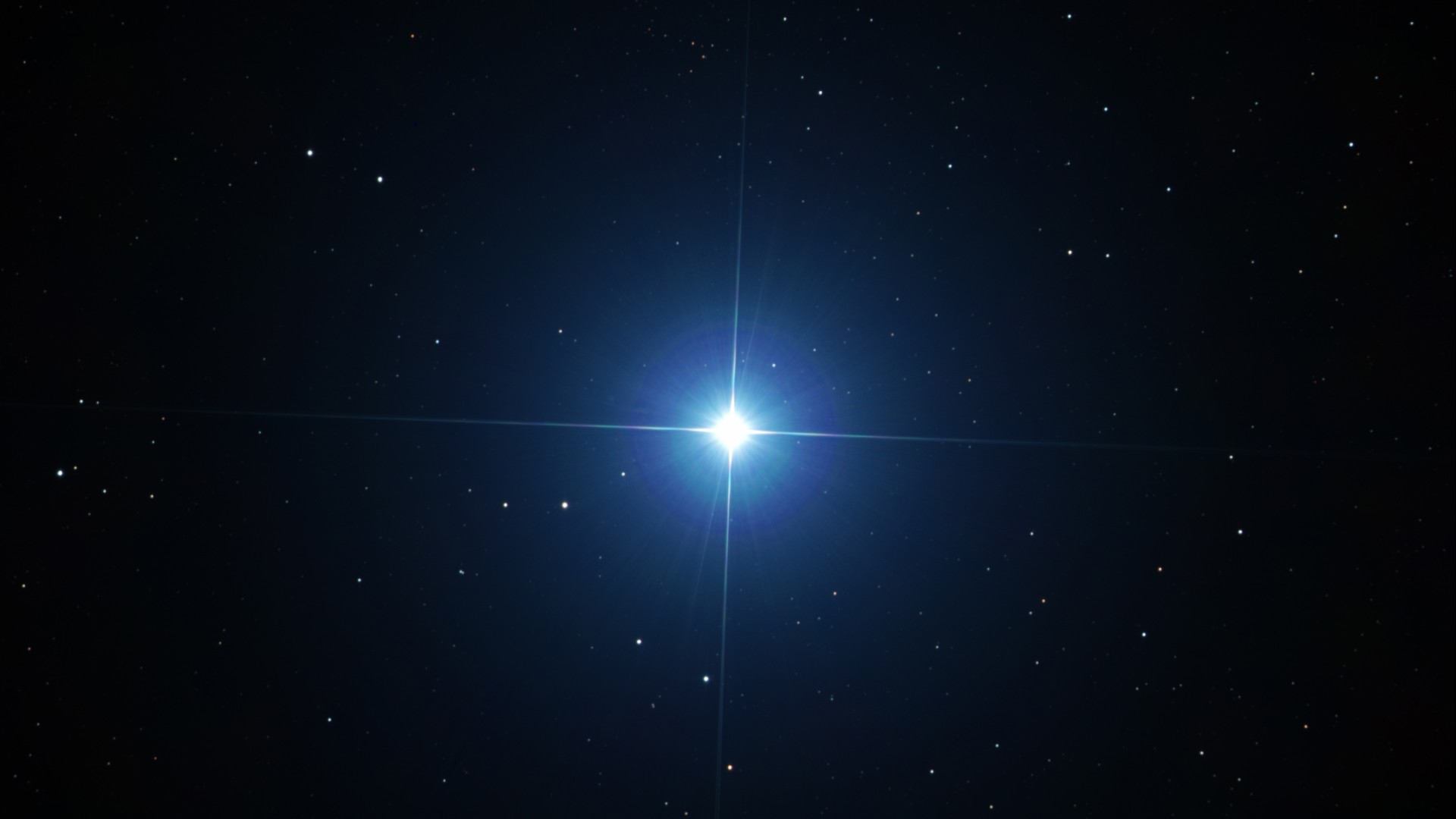
A private SpaceX rocket sailed through a dress rehearsal Thursday (March 1) for the launch of the robotic Dragon space capsule, which could blast off toward the International Space Station as early as next month.
The five-hour launch readiness test, held at Florida's Cape Canaveral Air Force Station, went through full countdown procedures, including fueling, for the next Dragon test flight, which is slated for late April. It was designed to check out any potential issues with SpaceX's Falcon 9 rocket, Dragon and associated ground systems.
SpaceX officials were pleased with the results.
"We ran down the countdown clock to a planned abort at T - 5 seconds at 12:18 p.m. Eastern," SpaceX spokeswoman Kirstin Brost Grantham told SPACE.com in an email. "The test went well."
The aerospace firm planned to practice loading cargo onto Dragon today, she added.

SpaceX holds a $1.6 billion contract with NASA to fly 12 unmanned supply missions to the space station. In December 2010, the company launched Dragon on its maiden test flight, becoming the first private firm to send a spaceship to orbit and retrieve it successfully. [Photos: SpaceX's Dragon Spaceship]
Dragon's upcoming flight will be the second — and, if all goes well, final — demonstration before operational cargo missions begin. During the test, SpaceX wants the capsule to dock with the orbiting lab and unload some supplies, just as it would during an actual cargo flight.
Get the Space.com Newsletter
Breaking space news, the latest updates on rocket launches, skywatching events and more!
The original plan called for the station-bound Dragon to launch on Feb. 7, but in January SpaceX pushed that back to March 20, saying it needed more time to prepare the vehicle. The target date later slipped again, to late April; an exact date won't be chosen until SpaceX works through some minor issues, NASA officials have said.
SpaceX is not the only company vying to fill the cargo-carrying void left by the retirement of NASA's space shuttle fleet in 2011.
Orbital Sciences Corp., for example, is developing its own cargo freighter under a $1.9 billion NASA contract. The company, based in Dulles, Va., is building its Cygnus spacecraft to carry supplies to the space station, with the first test flight expected later this year.
While Dragon will transport solely cargo initially, SpaceX is also working on a crewed version of the capsule that it hopes will carry astronauts to the space station and, eventually, Mars. Other U.S. companies are also developing their own private crewed spacecraft, some (like SpaceX) with NASA funding.
The U.S. space agency currently relies on international partners like Russia, Japan and the European Space Agency to launch cargo and crew to the space station.
SPACE.com assistant managing editor Clara Moskowitz (@ClaraMoskowitz) contributed to this story. You can follow SPACE.com senior writer Mike Wall on Twitter: @michaeldwall and get the latest in space science and exploration news on Twitter @Spacedotcom and on Facebook.
Join our Space Forums to keep talking space on the latest missions, night sky and more! And if you have a news tip, correction or comment, let us know at: community@space.com.

Michael Wall is a Senior Space Writer with Space.com and joined the team in 2010. He primarily covers exoplanets, spaceflight and military space, but has been known to dabble in the space art beat. His book about the search for alien life, "Out There," was published on Nov. 13, 2018. Before becoming a science writer, Michael worked as a herpetologist and wildlife biologist. He has a Ph.D. in evolutionary biology from the University of Sydney, Australia, a bachelor's degree from the University of Arizona, and a graduate certificate in science writing from the University of California, Santa Cruz. To find out what his latest project is, you can follow Michael on Twitter.









